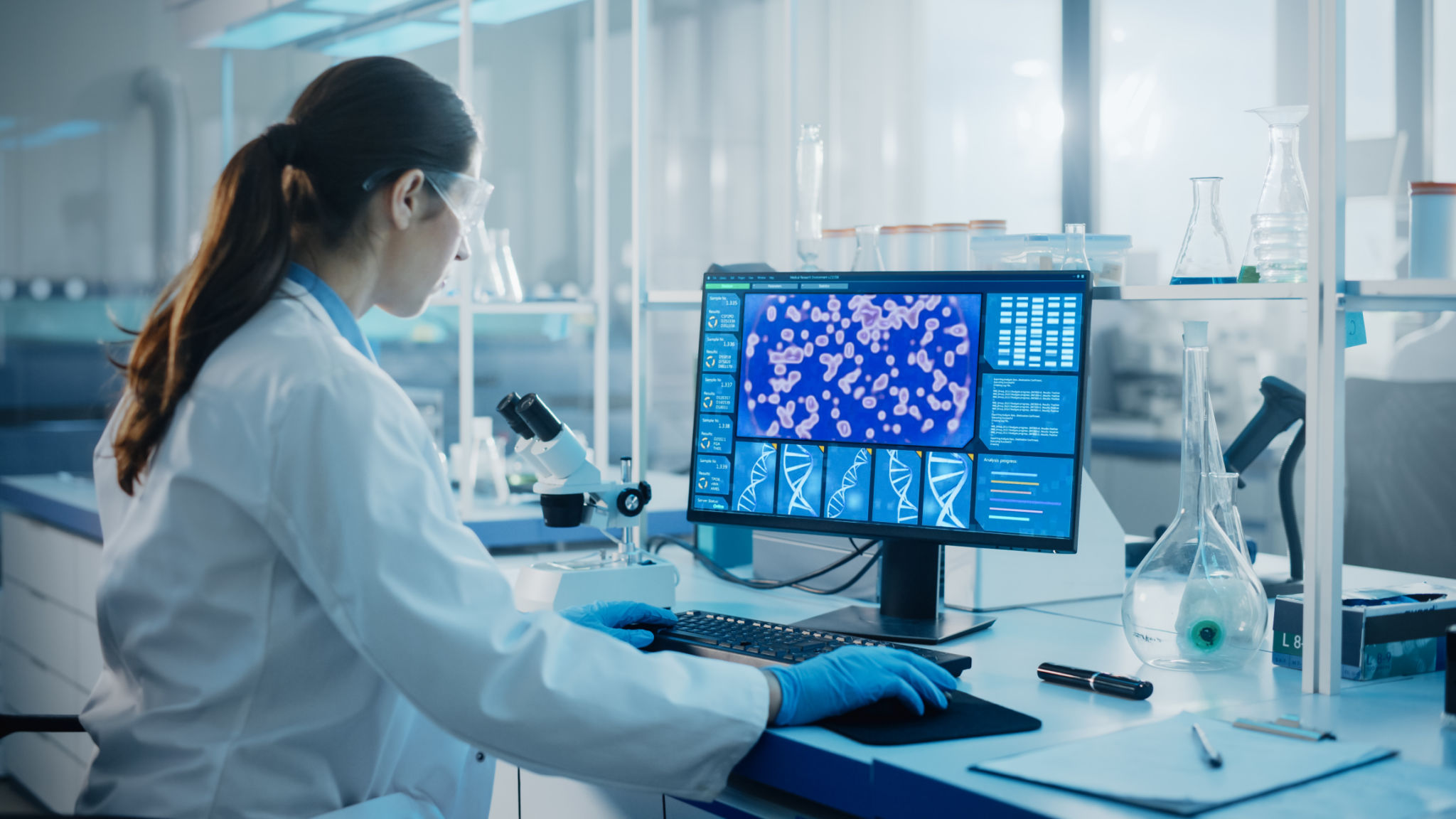The Role of Machine Learning in Early-Phase Biotech Research
Introduction to Machine Learning in Biotech
Machine learning (ML) has become a transformative force across numerous industries, and biotechnology is no exception. In early-phase biotech research, ML plays a crucial role in accelerating discovery, optimizing processes, and reducing costs. As biotech companies face challenges such as complex data sets and the need for rapid experimentation, ML offers innovative solutions that enhance research capabilities.
Biotechnology research often involves large-scale data collection and analysis. Traditional methods can be time-consuming and prone to human error. However, ML algorithms can process vast amounts of data quickly and efficiently, providing researchers with valuable insights that were previously unattainable.

Enhancing Data Analysis
One of the primary benefits of ML in biotech research is its ability to enhance data analysis. Early-phase research generates enormous volumes of data, including genomic sequences, proteomics, and clinical trial results. ML algorithms can identify patterns and correlations within these data sets that might be overlooked by human analysts.
For instance, ML can predict how certain compounds will interact with target proteins, significantly speeding up the drug discovery process. This predictive capability allows researchers to focus their efforts on the most promising candidates, reducing the time and cost associated with bringing new therapies to market.
Predictive Modeling in Drug Discovery
Predictive modeling is a key application of ML in drug discovery. By analyzing historical data and existing literature, ML models can forecast the efficacy and potential side effects of new drug compounds. This capability helps researchers prioritize experiments and make informed decisions about which compounds to advance through the development pipeline.

Optimizing Experimental Design
Machine learning also aids in optimizing experimental design. In early-phase research, designing experiments that yield meaningful results is crucial. ML can suggest optimal experimental conditions by analyzing previous experimental outcomes and identifying variables that impact results.
This optimization not only improves the quality of the data collected but also reduces the number of experiments needed, saving time and resources. Moreover, ML-driven experimental design can lead to discoveries that might have been missed using traditional methods.
Improving Clinical Trials
Beyond the laboratory, ML is making strides in improving clinical trials. Patient selection is a critical factor in the success of clinical trials. ML algorithms can analyze patient data to identify those most likely to benefit from a particular treatment, improving trial outcomes and enhancing patient safety.

Challenges and Considerations
While the benefits of machine learning in biotech research are significant, there are challenges to consider. Data quality and availability are critical for training effective ML models. Incomplete or biased data can lead to inaccurate predictions, potentially hindering research efforts.
Furthermore, integrating ML into existing research processes requires investment in technology and personnel training. Researchers must be equipped with the skills to interpret ML outputs and incorporate them into their work effectively.
The Future of ML in Biotech
The future of machine learning in biotech research looks promising. As technology advances and more data becomes available, ML will continue to offer innovative solutions that drive progress in early-phase research. Collaborations between data scientists and biotechnologists will be essential to fully harness the potential of ML in this field.
In conclusion, machine learning is revolutionizing early-phase biotech research by enhancing data analysis, optimizing experimental design, and improving clinical trial outcomes. As these technologies continue to evolve, they hold the promise of unlocking new possibilities in biotechnology, ultimately leading to faster discoveries and improved patient care.
